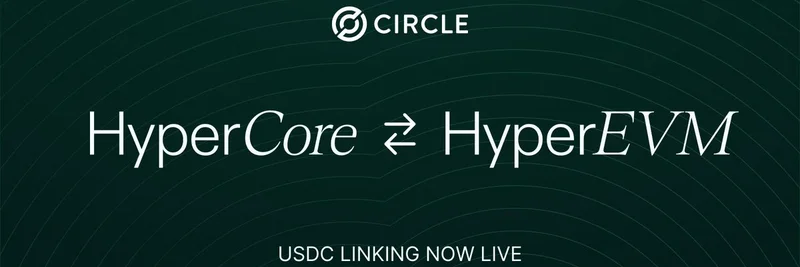Hey there, meme coin enthusiasts! If you’ve been scrolling through X lately, you might have stumbled upon a fascinating post from Ponke that’s got the crypto community buzzing. Posted on July 11, 2025, at 23:20 UTC, the tweet declares, “Ponke PFPs aren’t minted. They’re made. ✍️ No metadata. No marketplace. Just culture. 🐒🪖” This bold statement is shaking up the NFT (non-fungible token) world, and today, we’re diving deep into what it means for blockchain art and the meme coin scene.
What Are Ponke PFPs?
First off, let’s break it down. PFPs, or profile pictures, are a big deal in the NFT space—think of them as digital avatars that people use to show off their personality or allegiance to a project. Usually, NFTs like these are “minted,” which means they’re created on a blockchain with metadata (data about the data) that marketplaces like OpenSea use to display and sell them. But Ponke is doing things differently. Their PFPs are handmade, crafted with care rather than churned out by code. No metadata, no automated marketplaces—just pure, community-driven culture.
The tweet even quotes an earlier post from JollySoul, calling Ponke a “real-deal cult” with a playful monkey image to match. This hints at the vibrant community behind $PONKE, a meme coin that’s climbing the ranks with a current market cap of $83,768,385 USD, according to CoinMarketCap. With a price of $0.1508 USD and a 9.26% rise in the last 24 hours, it’s clear this project is gaining traction!
Why No Metadata or Marketplace?
So, why skip the metadata and marketplaces? For starters, metadata is like the instruction manual for an NFT—it tells platforms what the image is, who made it, and how to categorize it, as explained on BuiltwithNFT.org. By ditching it, Ponke PFPs become more exclusive and personal. They’re not just assets to trade; they’re pieces of art tied to a movement. This also means they can’t be easily bought or sold on traditional NFT platforms, pushing the community to share and value them directly.
This approach aligns with the meme coin ethos, where culture often trumps utility. As BlockApps Inc. notes, meme coins like $PONKE blur the lines between internet humor and financial speculation. Without a marketplace, the focus shifts to the community’s creativity and engagement—think of it as a digital art revolution!
The Cultural Impact
The “just culture” vibe is a big part of Ponke’s appeal. The X thread shows fans hyping each other up with phrases like “Segui anche tu” (Italian for “follow me too”) and praising the project’s unique vibe. Replies like “ber was the first to make 1/1” suggest a history of handmade PFPs, adding to the lore. This grassroots energy is what sets Ponke apart from other NFT projects that rely on mass production and hype-driven sales.
For blockchain practitioners, this is a chance to rethink how digital collectibles are created and valued. Ponke PFPs challenge the norm, proving that art and community can thrive without the usual NFT infrastructure. It’s a bold move that could inspire new trends in the $555 million token supply ecosystem (yes, that’s the total supply of $PONKE!).
What’s Next for Ponke?
As of 08:22 AM JST on July 12, 2025, the conversation around Ponke PFPs is just heating up. With no marketplace, the value lies in ownership and participation—perfect for those who love the chaotic, fun side of meme coins. Whether you’re an artist, investor, or just a curious crypto fan, keeping an eye on Ponke’s X account could reveal more handmade masterpieces.
So, what do you think? Are Ponke PFPs the future of NFT culture, or just another wild meme coin ride? Drop your thoughts in the comments, and let’s keep the conversation going. For more insights into meme tokens, check out Meme Insider and dive into our rich knowledge base!


